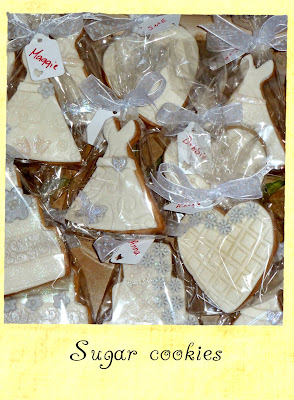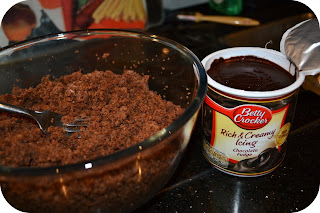Patch! Is the fourth book in Cath Kidston’s series of sewing books taking an innovative approach to the traditional art of patchwork. It aims to combine established techniques with a more contemporary approach to the craft.
My first reaction to the release of this book was one of excitement because Sew! (one of Cath Kidston’s previous books) inspired me to get me back into sewing after several years hiatus. I should also admit that for some reason I thought this was a book on quilting, and when I realised it was patchwork I felt a little disappointed. However, this disappointment soon dissipated when I flicked through the pages and discovered some fantastic projects that got me frantically bookmarking all of the things I wanted to make!
Like all of Cath Kidston’s books, the first section is dedicated to the sewing basics informing you what you will need and detailing basic sewing techniques. This format is great for beginners; it means they can easily pick this book up knowing nothing and learn as they go. It also works for advanced crafters like me, acting as a prompt section when you can’t remember all the fandangled names for sewing terms!
The next section of the book is split into explaining the different types of patchwork such as traditional techniques, hand applique and embroidery and embellishment. These sections are really useful as they don’t assume you have any prior knowledge; you might be great at patchwork but never done any embroidery so need the different types of stitches explained.
The rest of the book is made up of 30 projects. The first few projects are very traditional such as patchwork bags which to be honest I found rather boring. Where the book gets exciting is where Kidston starts applying these traditional techniques to contemporary ideas such as a cute little patchwork dog and patchwork ball.
The Dresden Plate Tote Bag (featured on the front cover) even though traditional I really loved and the book included everything you need to make it.
My favourite thing about this book was being introduced to the Suffolk puff! An incredibly easy to make embellishment which is extremely eye catching, especially in vast quantities like the Suffolk Puff cushion.
 |
| I chose to make the Suffolk puff necklace and embellished with a few buttons. |
I give this book an impressive 3/5.


















































